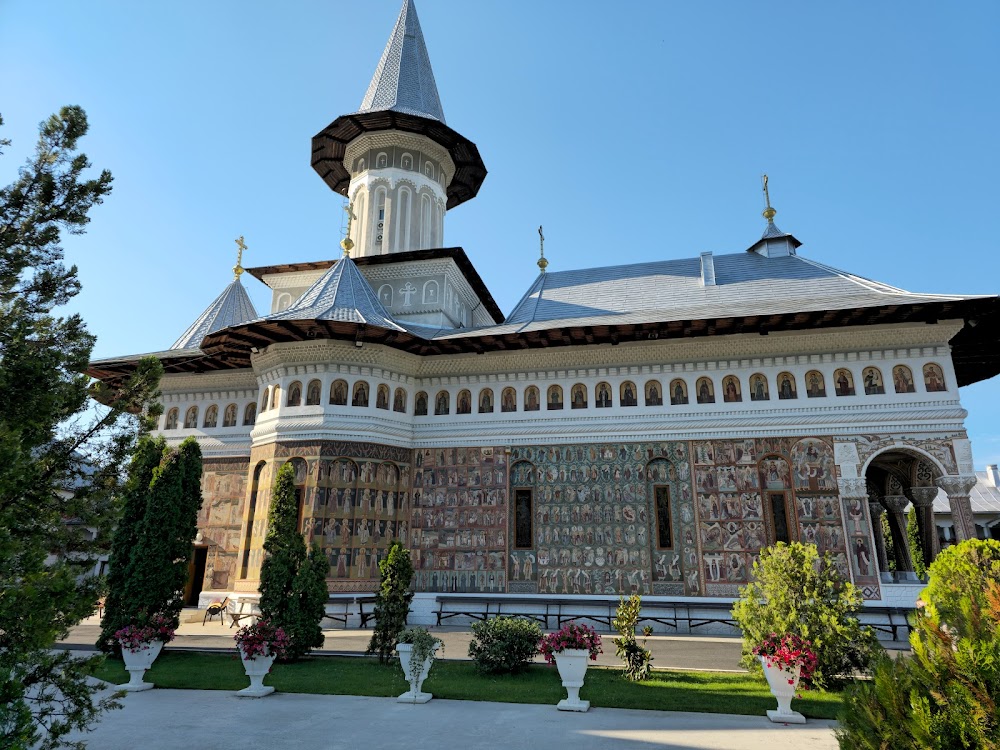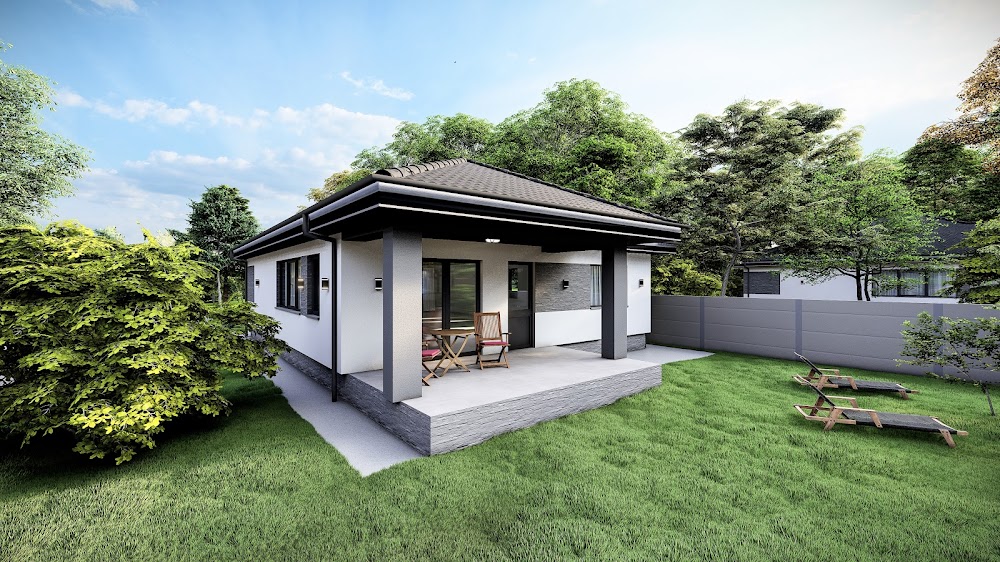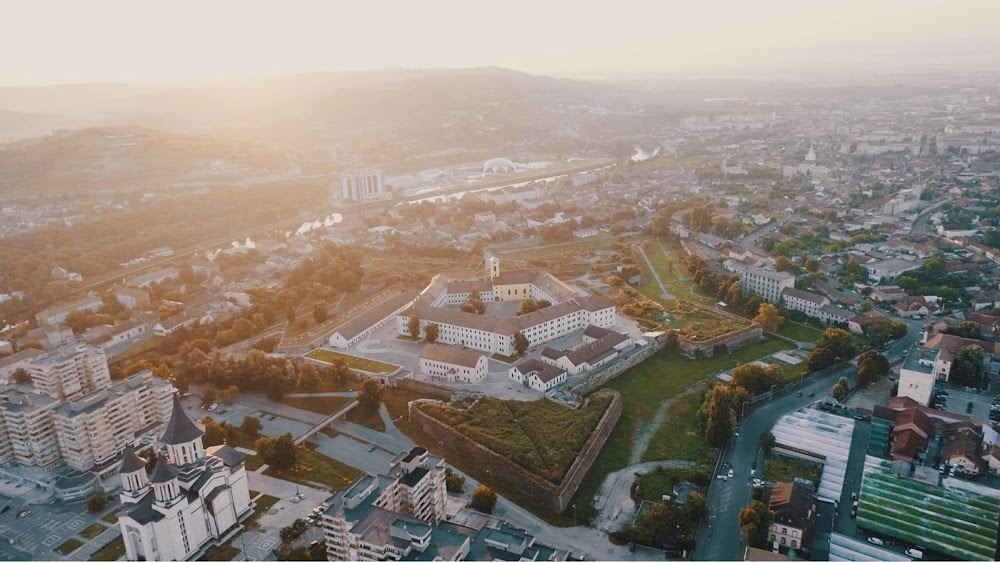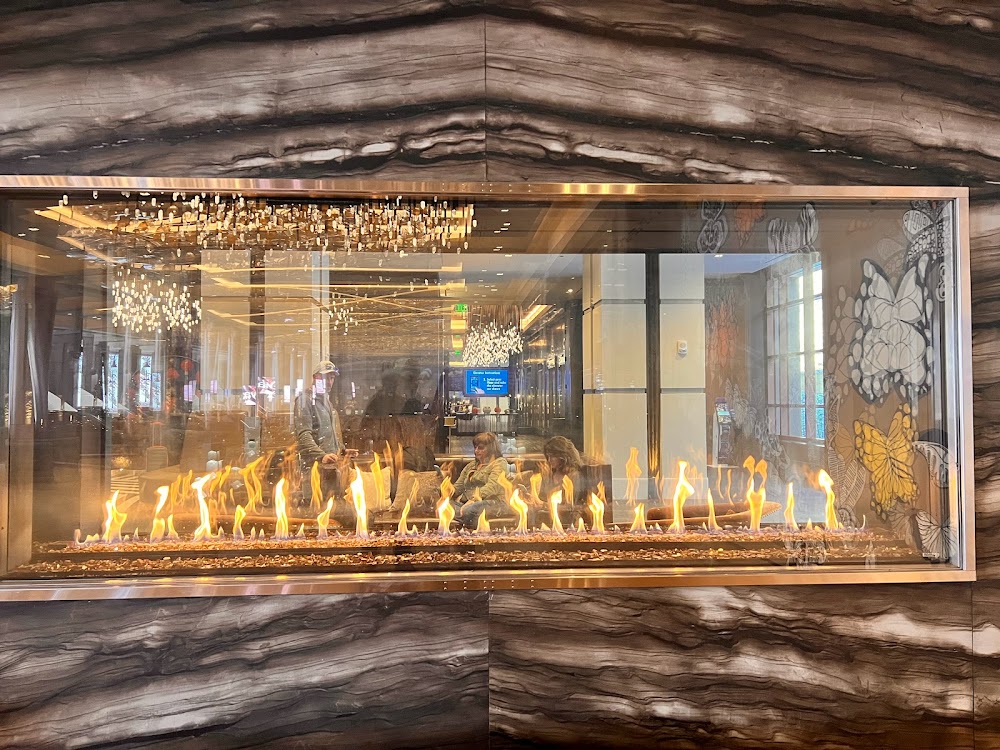The Holy Cross Monastery (Mănăstirea Sfânta Cruce)
Overview
Holy Cross Monastery is a serene and mystical sanctuary nestled in the picturesque Bihor County, Romania. More than just a place of worship, this monastery stands as a remarkable testament to architectural brilliance and historical significance.
Historical Roots
The origins of Holy Cross Monastery trace back to the early 20th century when a group of devout monks sought a peaceful retreat to dedicate their lives to prayer and reflection. They discovered an idyllic location amidst rolling hills, dense forests, and tranquil rivers in Bihor County, envisioning it as the perfect setting for a sanctuary dedicated to the Holy Cross.
Architectural Brilliance
Construction commenced in 1920, with local artisans and craftsmen collaborating to bring the monks' vision to life. The project relied heavily on locally-sourced materials such as limestone, timber, and clay. Each stone was handpicked and meticulously shaped, showcasing extraordinary masonry work that adds to the monastery's charm.
The main church, a stunning example of Byzantine architectural style, serves as the centerpiece of the monastery. Its majestic domes and arches evoke the grandeur of ancient Orthodox churches, while its intricate frescoes, painted by skilled iconographers, narrate scenes from the life of Christ, saints, and biblical events. Each brushstroke resonates with centuries of tradition and faith, inviting visitors to explore its spiritual depth.
Evolution Over Time
By 1930, the monastery was partially completed and dedicated, allowing monks and the local community to utilize it as a place of worship. However, construction continued in phases, gradually adding structures such as the refectory, library, and cells for the monks.
One captivating feature of Holy Cross Monastery is its impressive bell tower, which rises majestically into the sky. This tower houses a set of bronze bells, each crafted with care to produce harmonious sounds that resonate across the valleys, calling the faithful to prayer. The craftsmanship of the tower reflects a blend of local traditions and Eastern Orthodox influences, making it a unique highlight of the monastery.
Serene Surroundings
The surrounding gardens are a testament to meticulous planning, featuring a variety of native flora. Monks lovingly tend to these gardens, growing herbs, vegetables, and flowers that not only meet the monastery's needs but also enhance its aesthetic charm. The stone-lined pathways lead to hidden spots ideal for meditation and contemplation, providing a sanctuary within a sanctuary.
Resilience Through Adversity
During World War II, the monastery faced significant challenges as the ravages of war threatened its existence. The monks worked diligently to safeguard their beloved sanctuary, and fortunately, the monastery remained largely intact. In the post-war years, efforts concentrated on restoration and preservation, allowing the monastery to emerge stronger than ever.
A Beacon of Heritage
In the decades that followed, Holy Cross Monastery evolved into a beacon of spiritual and cultural heritage in Bihor County. Pilgrims from across Romania and beyond visit to immerse themselves in its tranquil atmosphere, seek blessings, and witness its architectural splendor. The monastery plays a vital role in the community, providing aid and spiritual guidance to those in need.
Modern-Day Significance
Today, contemporary additions include a museum housing ancient manuscripts, religious artifacts, and historical records, offering visitors a glimpse into the rich history and tradition of Orthodox Christianity in the region. Workshops for iconography, carpentry, and other traditional crafts further reflect the monastery's commitment to preserving cultural heritage.
In conclusion, Holy Cross Monastery is not merely a monument of faith; it is a living museum brimming with historical and cultural significance. The dedication to its creation and preservation embodies the enduring human spirit and the relentless pursuit of peace and devotion, making it a must-visit destination for anyone exploring the spiritual landscapes of Romania.







